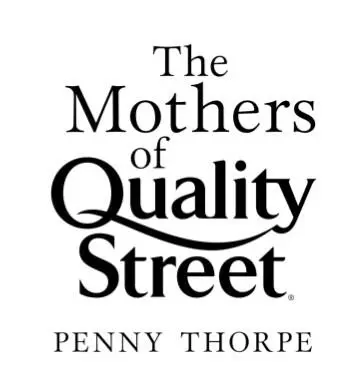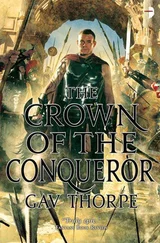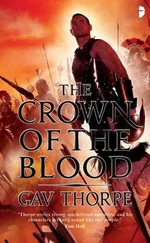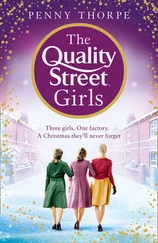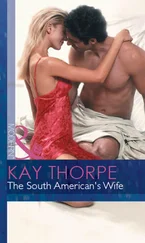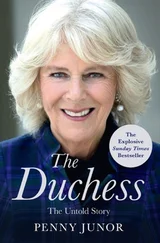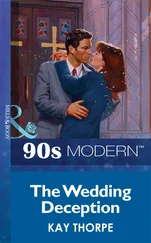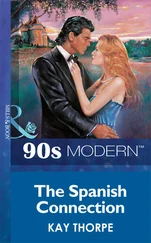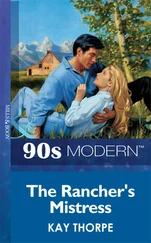
Published by HarperCollins Publishers Ltd
1 London Bridge Street
London SE1 9GF
www.harpercollins.co.uk
HarperCollins Publishers
1st Floor, Watermarque Building, Ringsend Road
Dublin 4, Ireland
First published in Great Britain by HarperCollins Publishers 2020
The ‘Quality Street’ name and image is reproduced with the kind permission of Société des Produits Nestlé S.A.
Cover design by Claire Ward © HarperCollins Publishers Ltd 2021
Cover Photographs © Stephen Mulcahey/Trevillion Images (figures), © Robert Lambert/Arcangel Images (terraced houses), Borthwick Institute/Heritage Images/Getty Images (factory), Shutterstock.com(all other images)
Penny Thorpe asserts the moral right to be identified as the author of this work.
A catalogue copy of this book is available from the British Library.
This novel is entirely a work of fiction. The names, characters and incidents portrayed in it are the work of the author’s imagination. Any resemblance to actual persons, living or dead, events or localities is entirely coincidental.
All rights reserved under International and Pan-American Copyright Conventions. By payment of the required fees, you have been granted the non-exclusive, non-transferable right to access and read the text of this e-book on screen. No part of this text may be reproduced, transmitted, down-loaded, decompiled, reverse engineered, or stored in or introduced into any information storage and retrieval system, in any form or by any means, whether electronic or mechanical, now known or hereinafter invented, without the express written permission of HarperCollins.
Source ISBN: 9780008307806
Ebook Edition © March 2020 ISBN: 9780008307813
Version: 2021-02-04
In loving memory of my cousin and fellow writer,
James José Martin Walker
1981 – 2019
Table of Contents
Cover
Title Page
Copyright
Dedication
Chapter One
Chapter Two
Chapter Three
Chapter Four
Chapter Five
Chapter Six
Chapter Seven
Chapter Eight
Chapter Nine
Chapter Ten
Chapter Eleven
Chapter Twelve
Chapter Thirteen
Chapter Fourteen
Chapter Fifteen
Chapter Sixteen
Chapter Seventeen
Chapter Eighteen
Chapter Nineteen
Chapter Twenty
Chapter Twenty-One
Chapter Twenty-Two
Chapter Twenty-Three
Chapter Twenty-Four
Chapter Twenty-Five
Chapter Twenty-Six
Chapter Twenty-Seven
Chapter Twenty-Eight
Chapter Twenty-Nine
Chapter Thirty
Chapter Thirty-One
Chapter Thirty-Two
Chapter Thirty-Three
Chapter Thirty-Four
Chapter Thirty-Five
Chapter Thirty-Six
Chapter Thirty-Seven
Chapter Thirty-Eight
Chapter Thirty-Nine
Chapter Forty
Chapter Forty-One
Chapter Forty-Two
Chapter Forty-Three
Chapter Forty-Four
Chapter Forty-Five
Chapter Forty-Six
Chapter Forty-Seven
Chapter Forty-Eight
Chapter Forty-Nine
Chapter Fifty
Chapter Fifty-One
Chapter Fifty-Two
Chapter Fifty-Three
Chapter Fifty-Four
Chapter Fifty-Five
Chapter Fifty-Six
Chapter Fifty-Seven
Chapter Fifty-Eight
Chapter Fifty-Nine
Chapter Sixty
Chapter Sixty-One
Chapter Sixty-Two
Chapter Sixty-Three
Chapter Sixty-Four
Chapter Sixty-Five
Historical Note
Acknowledgements
If you haven’t read The Quality Street Girls
Keep Reading …
About the Author
Also by Penny Thorpe
About the Publisher
The toffees for the window display had been carefully painted with strong poison. Mr Kirkby, the shop owner, didn’t like to spoil good food like this because it was such a shameful waste, but in the early summer heat of that coronation year of 1937 it had been the only way to keep the ants at bay. Besides, the salesman from Mackintosh’s had been very clear when he gave that particular box of toffees to Mr Kirkby, that they were inedible anyway. It was a relief to finally be throwing the casket away because the worry of having poisoned goods on the premises had weighed on his mind. He had warned his staff about them, and he was confident that none of them would forget and help themselves, but it had preyed on his thoughts as often as his wife had nagged him to throw them out.
As Mr Kirkby stood in the hot shop window, dismantling his display, mopping perspiration from his brow and his hands, he took another look at the casket of sweets and thought again how proud he was of his work. He was not as much of an artist as the confectioner at the Mackintosh’s factory who had made the pretty sweets inside the silk-covered box with its golden trim, but he had painted the toffee fingers so delicately with a gloss of liquid cyanide syrup that, in the strong summer light, the difference was barely noticeable.
Mr Kirkby had, in fact, used rat poison. There was no sense going out and buying weak ant poison when he had enough Victorian rat poison in the cellar to kill an army. His wife was always telling him to get rid of the nasty stuff – it worried her having it lying about the place – but Mr Kirkby pointed out in return that you couldn’t get rat poison like that any more; his mother used to put it down in the shop, and once they got rid of it they’d never be able to buy any more. Only the other day there had been a story in the newspapers about how the government were making a new law to restrict the use of it after an accidental poisoning down south somewhere; it was only a matter of time, Mr Kirby told his staff, before they outlawed fly paper and made you surrender your mousetraps.
Kirkby’s Fancy Goods was very close to the Halifax Borough Market and they had always attracted more than their fair share of mice; despite being a very clean, high-class establishment. The laying down of poison was a routine he had inherited from his mother, and her father before her, just as he had inherited the shop. And although it was commonplace, on that occasion Mr Kirkby had been more cautious than usual, gathering all his staff and explaining to them personally that they were not to touch the new window display because he had added poison to the centrepiece to keep off the ants, and that when it was dismantled the casket was to go straight into the rubbish bin.
Mr Kirkby and his wife had invested a lot of money in this window display, but it had been worth it. The coronation of the new king and queen had brought brisk business, with all the neighbourhood coming in to buy bright bunting and party goods for their street parties. Yes, the spring of 1937 had been a boon for Kirkby’s Fancy Goods. The window display had been done up in red crêpe paper and golden curtain cord to look like an enormous royal crown, and lengths of blue satin ribbon with ‘God Save the King’ on them criss-crossed a screen behind it.
Mrs Kirkby had overcrowded the window with examples of every line they stocked that could possibly be connected with street parties, patriotism, or His Majesty the King. Coloured card hats in the shape of coronets; pop-up theatres for kiddies illustrating the inside of the abbey; special coronation editions of magazines; knitting and sewing patterns for items of patriotic apparel; even a bouquet of carnations, artificially coloured to a burst of red, white and blue. Finally, nestled in the bottom right-hand corner on a velvet cushion, was the presentation casket of Mackintosh’s ‘Fancy Bonbons’. They were not one of the shop’s usual lines, but oh, how wonderfully royal they made the window look. They were like a treasure chest or a jewellery box, sparkling in the late May sun.
Читать дальше

